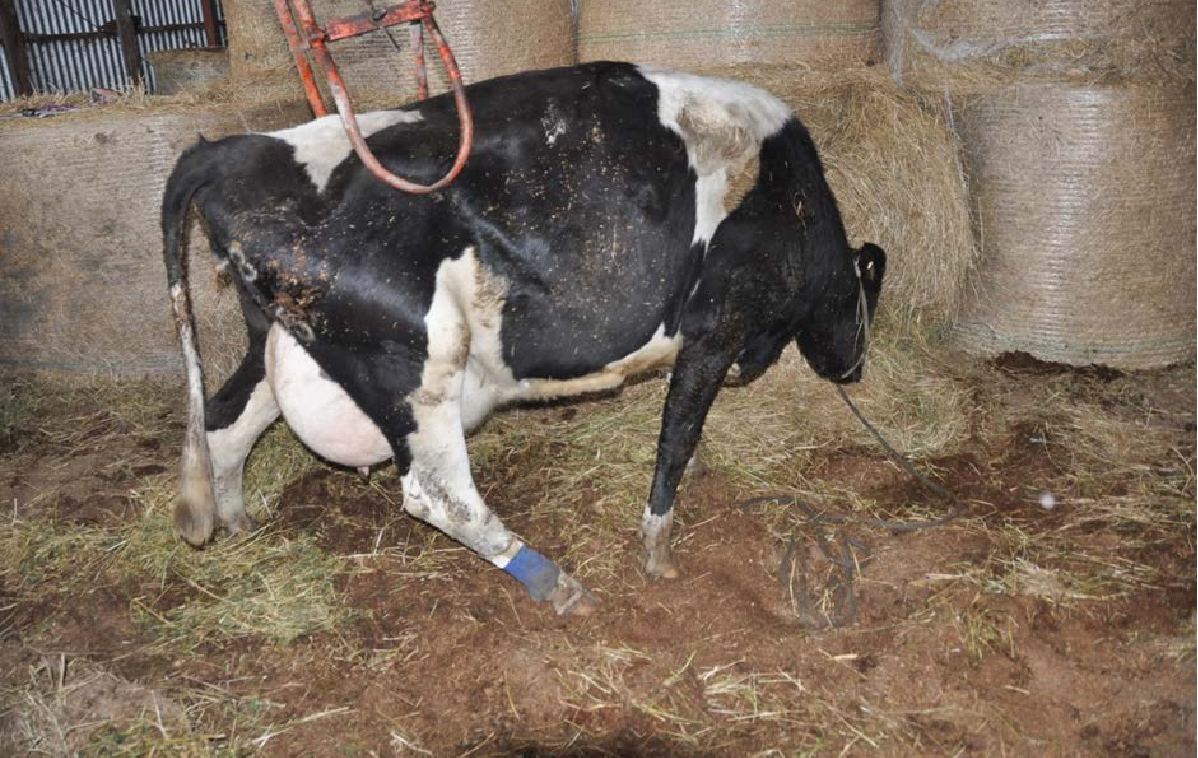Ketosis in cows is a metabolic disorder that typically occurs when energy demands exceed energy intake, leading to negative energy balance. This is most common in early lactation when the cow can’t consume enough feed to meet her energy needs.

Treatment strategies for ketosis are aimed at correcting the energy deficit and include:
1. *Dietary Management*: Increasing the energy density of the feed is crucial. This can include:
– Increasing the proportion of easily digestible carbohydrates (such as grains)
– Adding fat supplements to the diet
– Ensuring adequate fiber to prevent rumen acidosis
2. *Propylene Glycol*: Oral administration of propylene glycol is a common treatment that serves as a readily available energy source for the cow.
3. *Glycerin*: Similar to propylene glycol, glycerin can be used as an alternative energy source.
4. *Glucose Precursors*: Products that supply precursors for glucose production (such as propionate salts) may be helpful. Click here to buy glucose precursor.
5. *Dextrose IV*: In more severe cases, intravenous dextrose can be administered by a veterinarian to quickly elevate blood glucose levels.
6. *Vitamin B12 and Cobalt*: These are sometimes used to stimulate appetite and support rumen microorganisms to improve energy metabolism.
7. *Insulin Modifiers*: Some treatments may involve the use of substances that modify insulin metabolism to improve glucose availability.
8. *Corticosteroids*: When ketosis is stress-related, a veterinarian may administer corticosteroids.
9. *Niacin*: Niacin is also called as vitamin B3 which has very integrated role in energy metabolism, It is known to provide the NADH which helps in converting lactate to pyruvate and further role in Krebs’s cycle.

Click here to online order Niacin
It’s imperative to manage cows properly during the transition period (the weeks before and after calving) as it’s a critical time for preventing ketosis. Preventive measures include:
– Proper feeding strategies to ensure an adequate but not excessive body condition score at calving.
– Gradual introduction to the lactation diet that will be fed post-calving.
– Monitoring for early signs of negative energy balance or ketosis.
In terms of treatment efficacy and safety, it’s vital to work closely with a veterinarian to properly diagnose the condition and to determine the most appropriate treatment protocol for the individual cow or the herd. Subclinical ketosis, where symptoms are not evident, can also impact milk production and should be addressed. Regular monitoring of at-risk cows through milk or blood testing can help in early detection and management of this condition.







